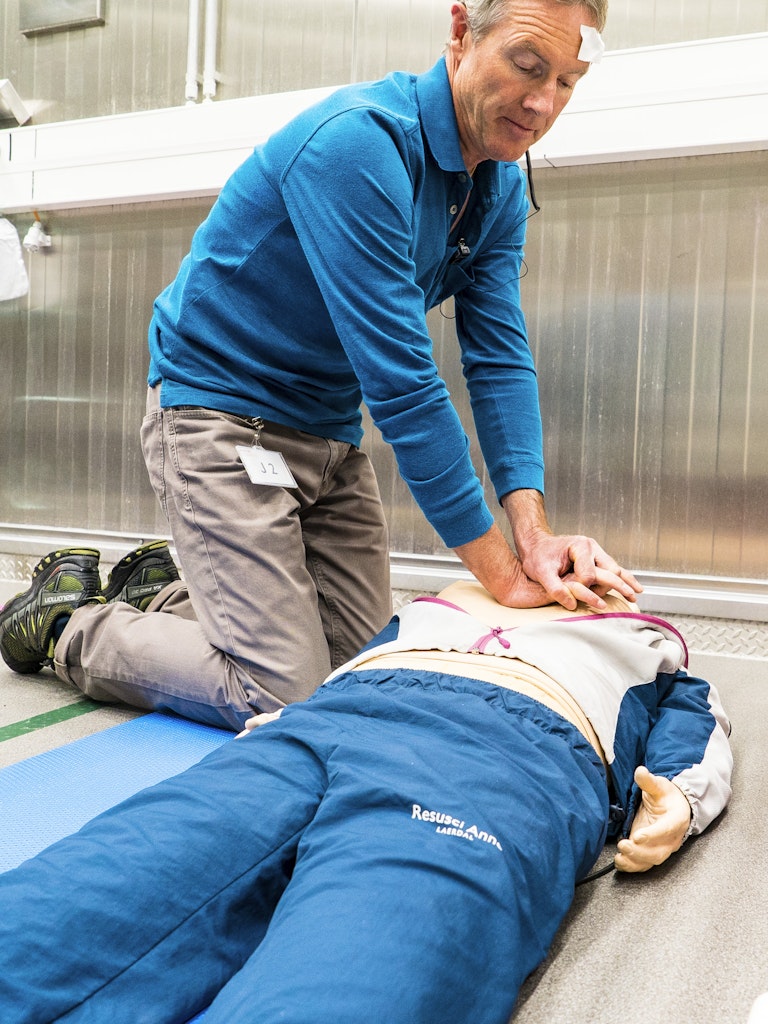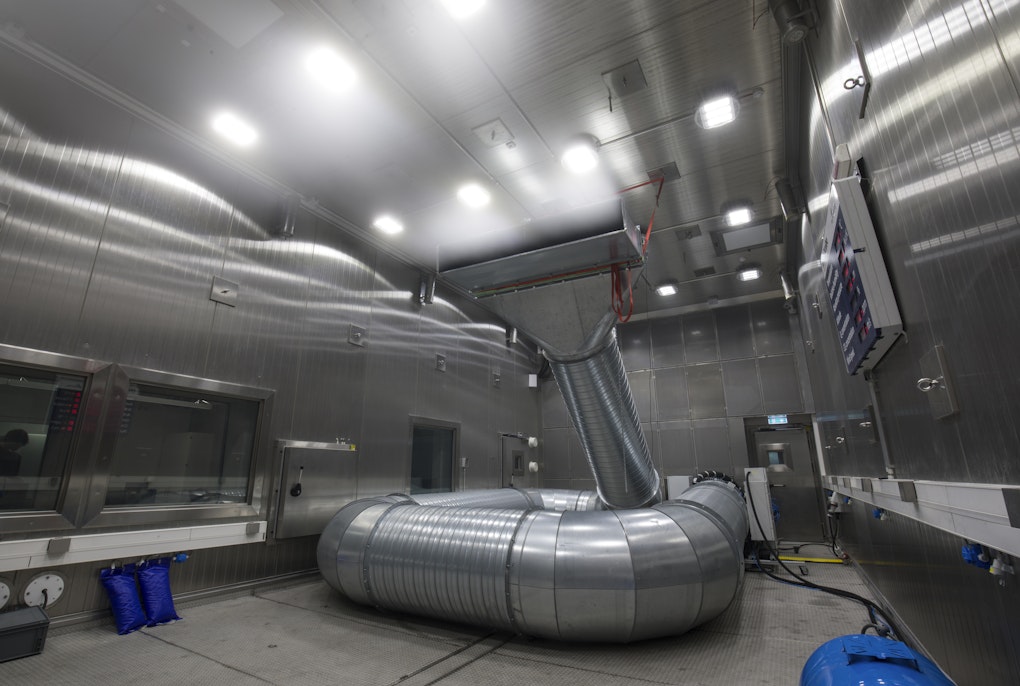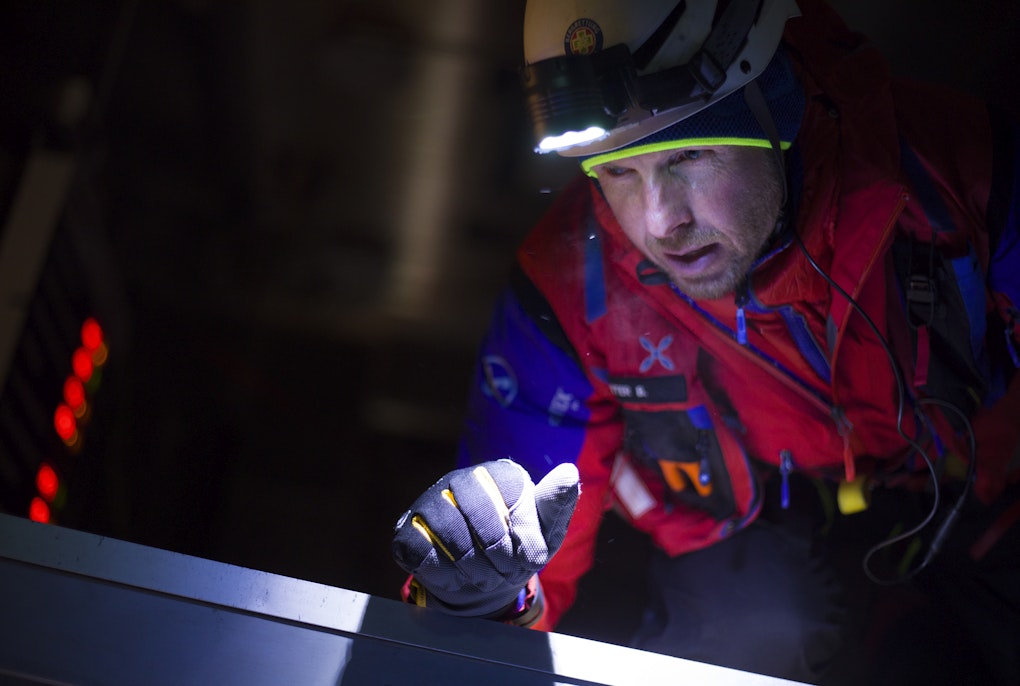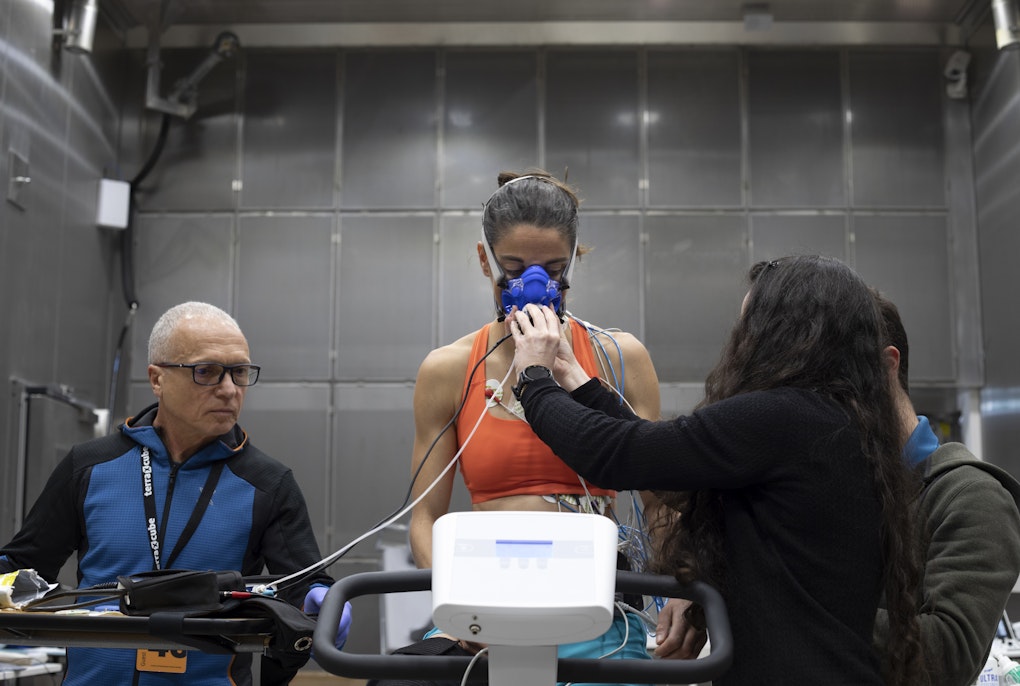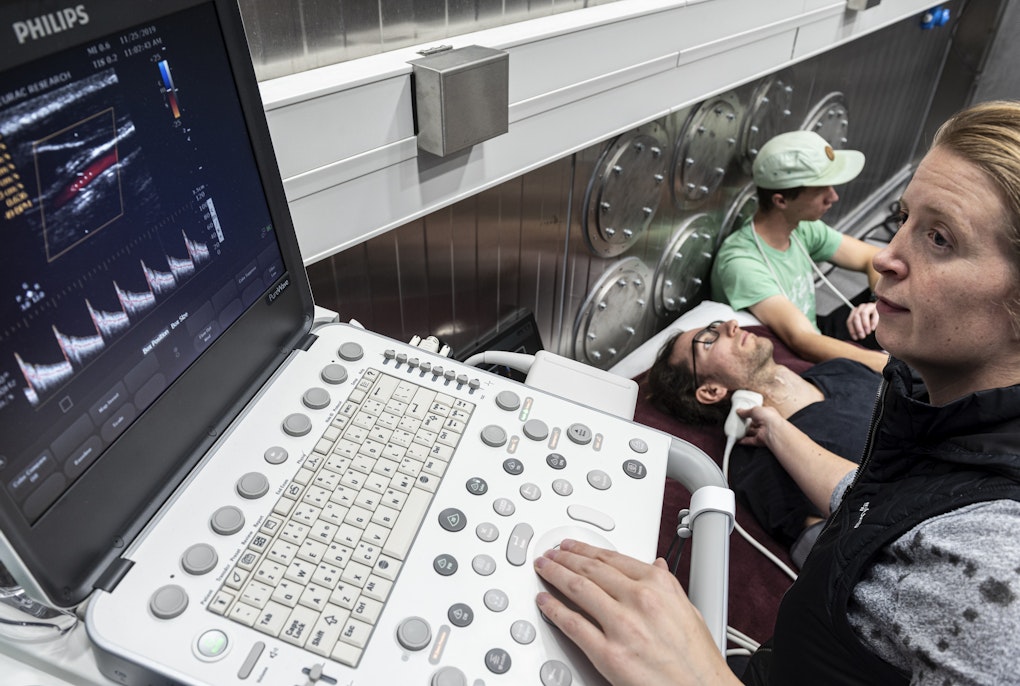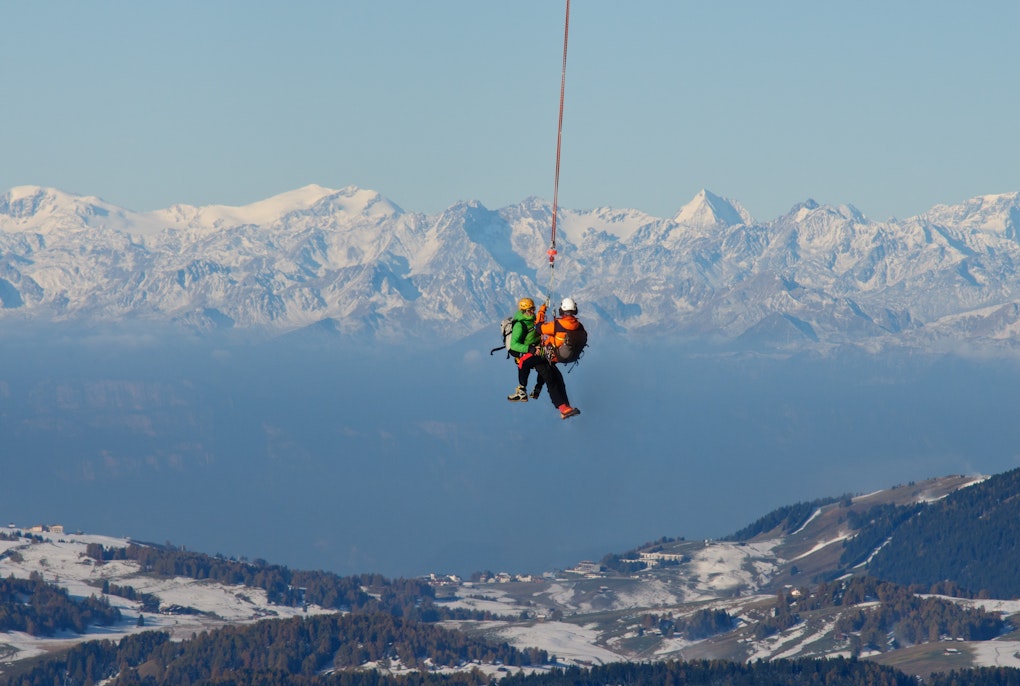magazine_ Article
Helicopter rescue: shorter resuscitation shifts needed at high altitudes
Ecco i risultati di un esperimento condotto nel terraXcube
An experiment carried out by our mountain emergency team in the terraXcube in collaboration with the International Commission for Mountain Rescue (ICAR) and with the support of the White Cross evaluated the quality of cardiac massage at 3000 and 5000 meters altitude.
About fifty doctors, technicians, pilots and paramedical staff from Switzerland, Germany, Italy and Austria participated in tests at 200, 3000 and 5000 meters: they performed chest compressions on a dummy that recorded the position of their hands and the frequency of their compressions as well as their depth. Meanwhile, on the other side of the glass - in the so-called control room - the research team monitored the participant’s respiratory and heart rates as well as their saturation levels. The altitudes at which the hypoxic conditions were reproduced - which correspond to the upper limit of rescue operations in the Alps - were not reached by helicopter in this case, but were replicated in terraXcube, Eurac Research’s extreme climate simulation center.
"Over 3000 meters the quality of cardiac massage deteriorates after 60-90 seconds."
Giacomo Strapazzon
The participants performed their resuscitation tasks without knowing what altitude they were at, so the medical team could analyze pure physiological data, unaffected by environmental factors.
Although no one noticed a drop in their performance, the results show something different.
“Initially, the frequency and depth of compressions were normal. Then, at 3,000 meters and even more so at 5,000, after a minute to a minute and a half, the depth of the compressions began decreasing below the expected threshold of five to six centimeters. Reaction times were also a little slower," explains Giacomo Strapazzon, deputy director of the Institute of Mountain Emergency Medicine at Eurac Research and head of the study, along with Anna Vögele and Michiel van Veelen.
"The current guidelines can be improved."
Giacomo Strapazzon
The degradation in the performance is caused by the decreasing oxygen availability in the air. At 5,000 meters, the research team recorded significant drops in oxygen blood saturation that dipped below 78 percent (the norm is around 98 percent). "The study suggests that the current guidelines can be improved: it would be more effective to have shorter chest compression shifts than today’s standard two minutes ones. Providing automatic chest compression devices among the standard equipment in helicopters that operate at high altitudes could also provide supplementary support”, Strapazzon continues.
Similar tests such as using oxygen at 4,000 meters, to see if it might be needed on helicopters for rescue staff during certain rescue operations, have also been underway in recent weeks. In addition, the team is currently planning further field studies to assess the impact of environmental factors on rescue operations.
The results of the study were recently published in the Journal of the American Heart Association.
